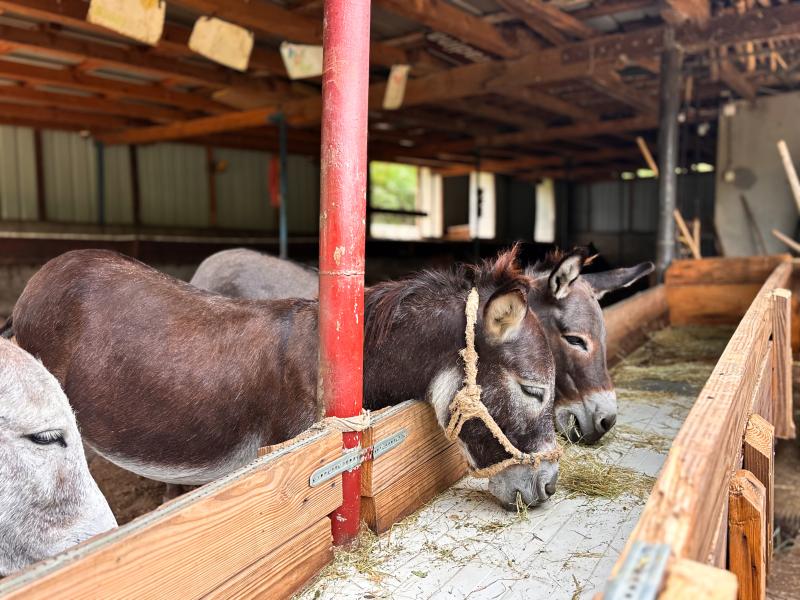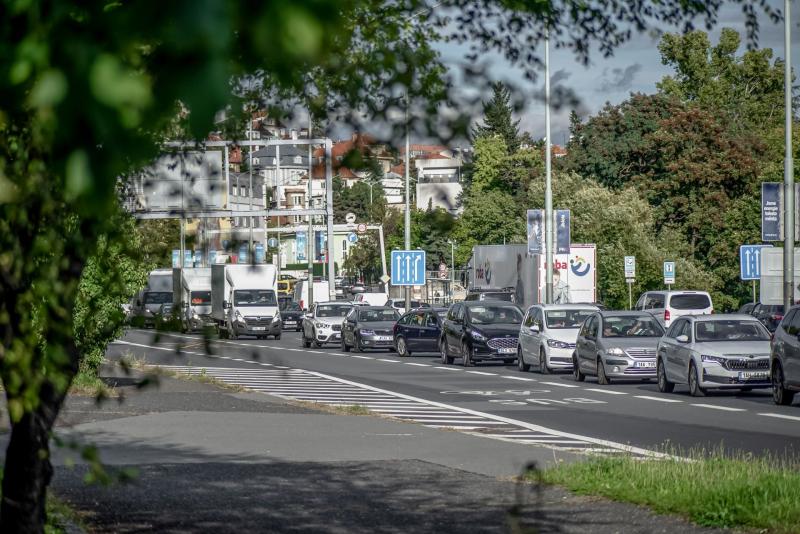One striking example is the Donkey Farm in Martinići, a village just 15 kilometres from the capital, Podgorica. Since its founding, the farm has operated on the principle of living in harmony with nature, as explained by its founder. Nearly self-sufficient, the farm integrates recycling, composting, solar energy, and organic food production, while combining eco-conscious practices with tourism and the production of donkey milk to maintain financial sustainability. Over the years, it has welcomed more than 150,000 visitors and gained recognition through various regional and international media outlets.
Experts warn that Montenegro faces mounting environmental threats, with a significant disconnect between environmental policies on paper and the situation in practice. Medical professionals have emphasised that climate change and poor environmental management are increasingly affecting public health. Against this backdrop, the Donkey Farm has emerged as an oasis—demonstrating that a different, more sustainable way of life is possible. It not only preserves an endangered species but also embodies an alternative model for development, one that respects ecological limits while providing livelihoods. In a country where institutional efforts often fall short, the farm serves as a rare case study in successfully balancing environmental responsibility, economic viability, and community engagement.
A similar story of environmental degradation and grassroots response is unfolding in Albania’s capital, Tirana, home to over a third of the country’s population. Despite being among the most polluted urban centres in the country, Tirana has lacked public air quality monitoring for 18 months. The National Environmental Agency shut down its four monitoring stations due to a lack of funding and expired service contracts. Investigative reporting reveals that unregulated construction, severe traffic congestion, and the rapid disappearance of green spaces have turned Tirana into a hotspot for air pollution. Official data confirm that particulate matter (PM₁₀ and PM₂.₅) and nitrogen dioxide (NO₂) levels frequently exceed EU thresholds, particularly in high-traffic areas such as “Zogu i Zi” and “21 Dhjetori”.
Health experts warn of direct links between poor air quality and chronic respiratory and cardiovascular illnesses, with the European Environment Agency attributing over 5,000 premature deaths in Albania between 2018 and 2022 to air pollution. Despite these alarming figures, the Institute of Public Health has not conducted a single study in over a decade on the health effects of pollution. The report also exposes the disparity between Albania’s commitments under EU Directive 2008/50 on ambient air quality and the reality on the ground.
While the directive mandates real-time monitoring and public access to data, Albania’s national monitoring system remains underfunded and largely dysfunctional. Proposed measures include expanding monitoring infrastructure, investing in public transport, reducing traffic congestion, and restoring urban green spaces. However, experts stress that without consistent monitoring and genuine political will, such policies are unlikely to be effective. Through its evidence-based and solutions-focused approach, the project aims to raise public awareness and advocate for greater institutional accountability in addressing Tirana’s worsening air pollution crisis.
Image above by Andi Kafazi
Image below (left) by Selma Rastoder Skenderović
Image below (right) by Kateřina_Hefler











